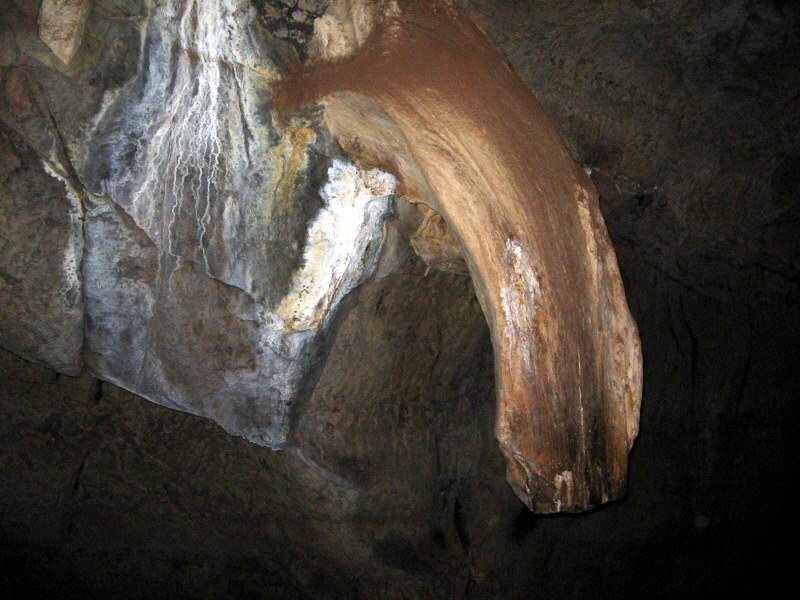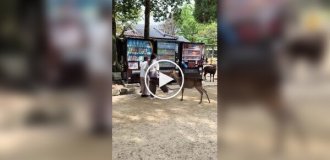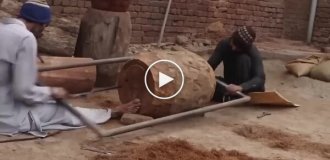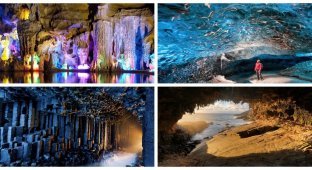Sudvala Caves - the oldest cave system on our planet (8 photos + 1 video)
These caves, not without a mystical component, form the oldest cave system existing on the planet. 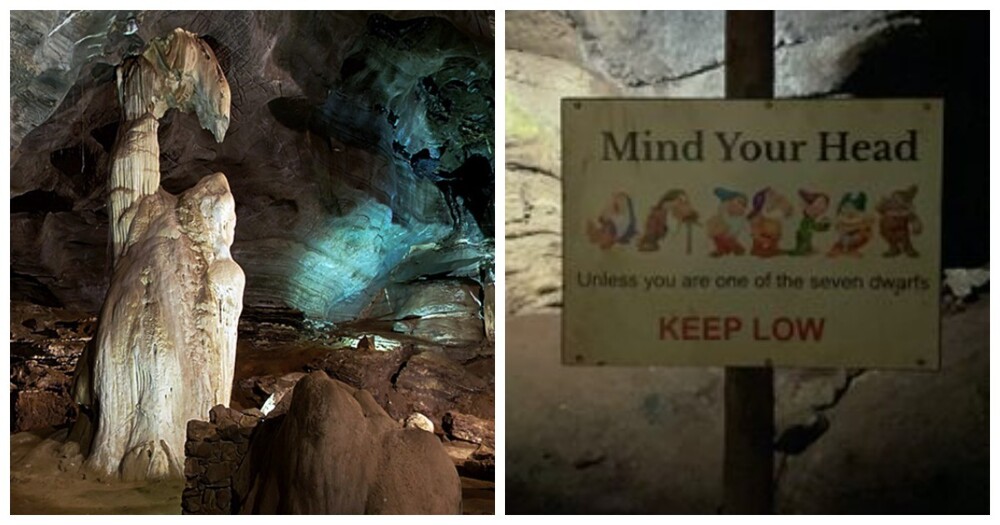
The Sudwala caves in Mpumalanga (South Africa) are the oldest caves known to people. Their birth began 240 million years ago when naturally occurring acid in groundwater dripped through fractures and joints in Precambrian dolomite rock. If we consider this incredibly long period in a certain context, then at the time of the formation of the caves, Africa was still a fragment of Gondwana - a supercontinent that included modern South America, Africa, Arabia, Madagascar, India, Australia and Antarctica. 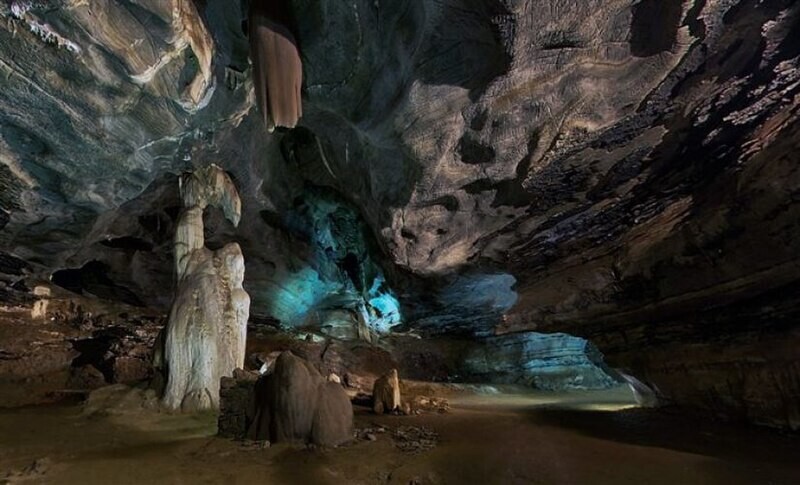
First camera
Near the entrance there is a chamber with a diameter of 70 meters and a height of 37 meters. It is called Owen Hall and is named after Philip Rudolph Owen. In 1965, he bought the land on which the caves are located and made them accessible to people.
There are many other interesting sites in this impressive cave system. There are strange structures here - stalagmites and stalactites with such intriguing names as Samson's Pillar, Lowveld Rocket and Screaming Monster. Their formation began between 140 and 200 million years ago. The growth rate of stalactite here is very low and is about 2.5 centimeters per 100 years. Other secret nooks and quaint arches have intriguing names like “The Devil's Workshop” and “Fairyland,” while the natural pattern on the ceiling of one chamber is known as “Map of Africa.”
Apart from primitive microbial fossils and a colony of several hundred horseshoe bats, life in the caves of Sudvala is very sparse. 
But people still checked in here. Homo habilis, one of the earliest members of the genus Homo, lived in caves about 1.8 million years ago. The simplest stone tools were found inside.
More recently, the caves served as a refuge for the Swazi prince Somkuba. In the mid-1800s, Somkuba was embroiled in a power war with his brother and heir Mswati. He used the caves as a refuge. Inside there was a source of fresh water and a huge space for storing food supplies and keeping livestock. 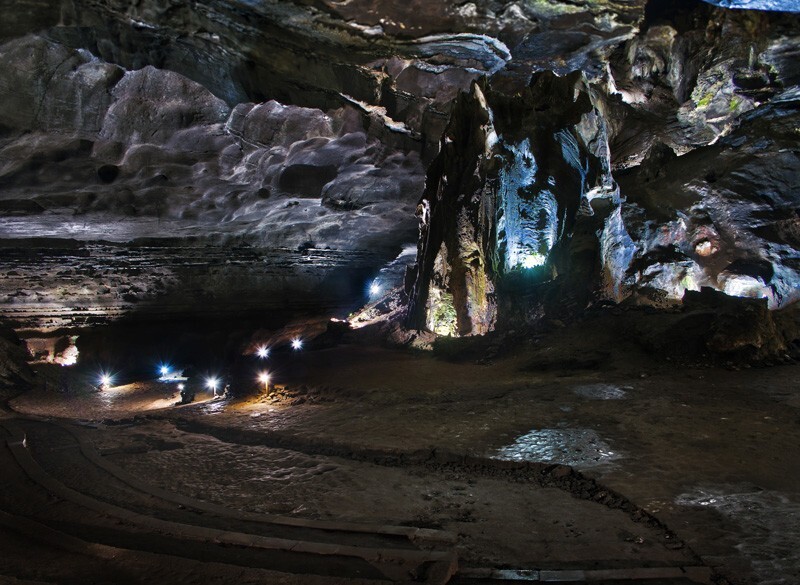
Moreover, it was a natural fortress with a narrow entrance that could be easily observed and defended. Many bloody battles took place at the entrance, for which Sudvala, the captain of Somkuba, was responsible, in whose honor the caves later received their name. Mswati's troops tried to lure Sudwala and his followers out of the cave or force them to suffocate inside by lighting fires at the entrance. 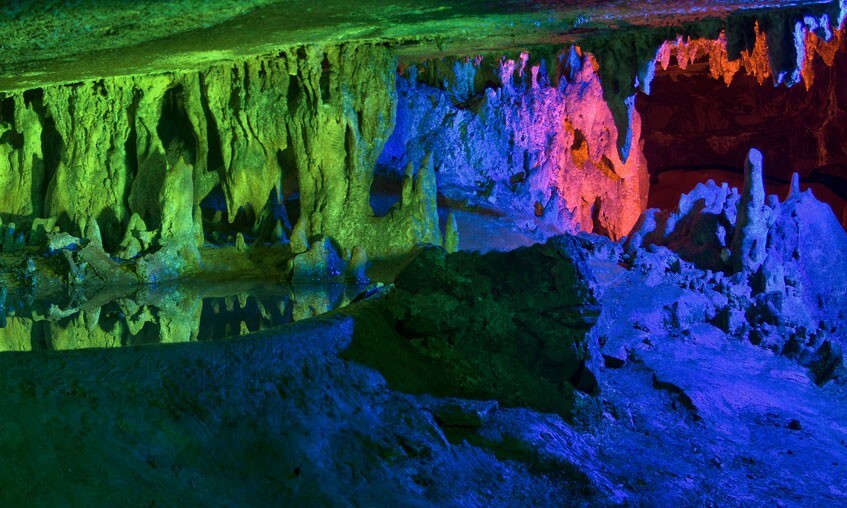
But thanks to the natural flow of air inside the cave (its source could never be determined), Somkuba and Sudvala were able to survive. 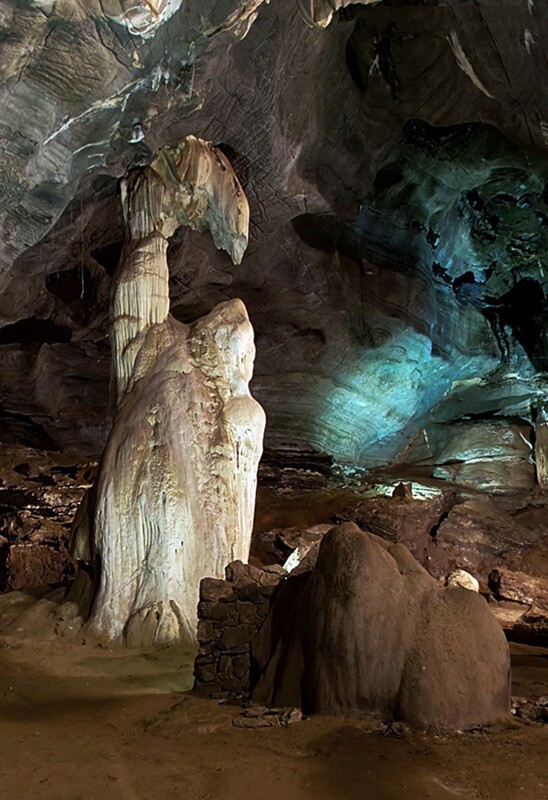
Education of the Screaming Monster
The caves were subsequently used by the Boers as an ammunition depot during the Second Boer War (1899 to 1902). At the end of the war, rumors spread that President Paul Kruger hid treasure in the caves to protect the gold from the British. Known as the "Kruger Millions", the treasure is valued at approximately US$500,000,000 at today's exchange rates. The gold coins were never found. 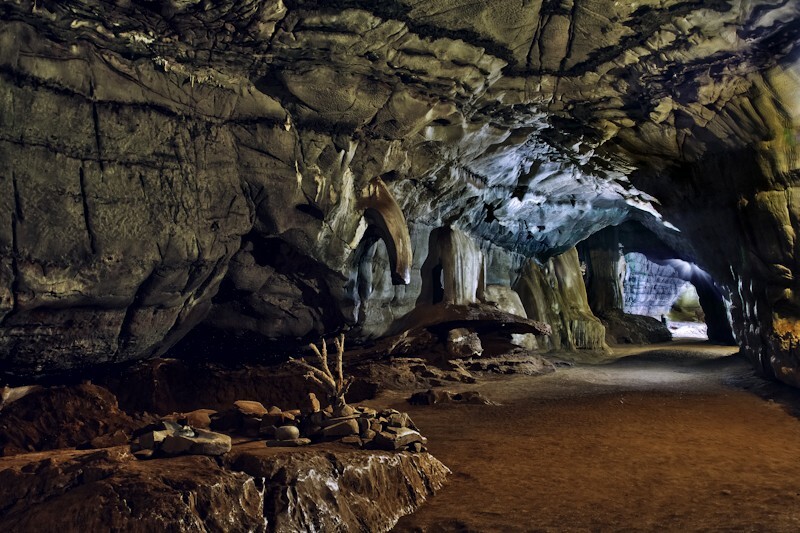
Since the 1970s, the main chamber of the Sudvala caves has also been used as a concert hall. It seats 500 people and has magical acoustics and a pleasant temperature. The latter is achieved thanks to the same flow of fresh air, the origin of which is still unknown. 